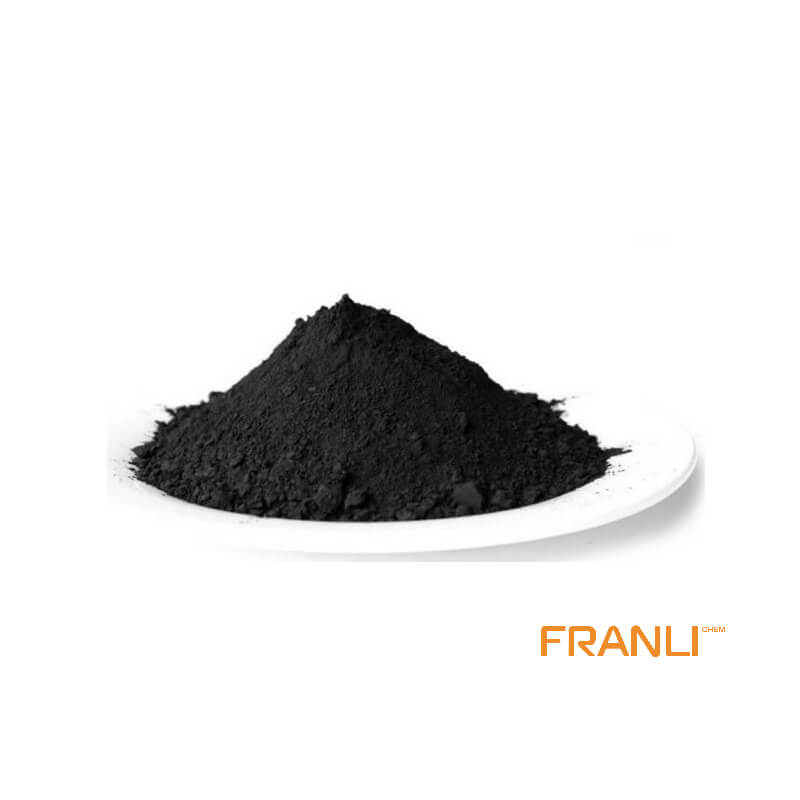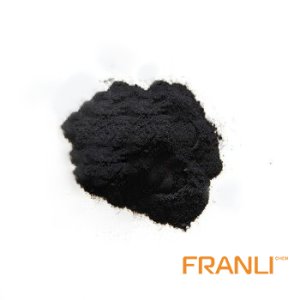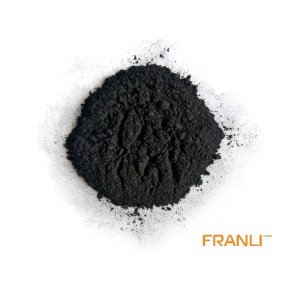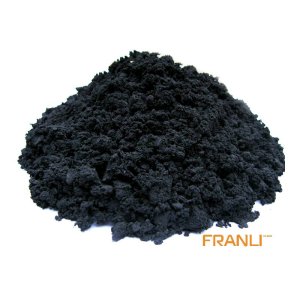Graphite Nanoplatelets
Size
50um/20um/10um
Package
According to customer requirements
Features
High strength, high electrical conductivity, etc.
Application
Can be used as filler(between 0.01% and 5%).
GN(Graphite Nanoplatelets) has excellent properties, such as mechanical properties, lubrication properties and electrical conductivity. It has large diameter thickness ratio, small size and nano thickness, so it is easy to form a good composite with polymer materials. Therefore, it can be used as a modifier in rubber, lubricating oil, polymer and other materials to improve the mechanical properties, lubricating properties and electrical conductivity of the base materials.
Request a quote
Know based on large size oriented graphite nano-platelets framework and its thermal management.
Energy storage technology can match energy supply and demand in time, space and intensity, and improve energy efficiency. 90% of the global energy budget is around the conversion, transportation, and storage of heat energy. Therefore, heat energy storage technology plays an important role in heat allocation and improving the comprehensive utilization efficiency of energy. Latent heat storage based on phase change materials has the advantages of high heat storage density, approximately constant temperature, simple structure, and low cost. It can be widely used in large-scale thermal energy storage and electronic device thermal management.
However, the low thermal conductivity of phase change materials seriously limits its charging / discharging power and thermal response speed, which further restricts its practical application. The existing synthesis methods of composite phase change materials mainly use two-dimensional carbon materials (such as graphite nanoplates, multilayer graphene, and monolayer graphene) as additives or assemble two-dimensional carbon materials into a three-dimensional skeleton to strengthen the thermal conductivity of phase change materials.

These two-dimensional carbon materials usually have super high intrinsic thermal conductivity (>1500 w/mk). However, when these micro nanoscale high thermal conductivity two-dimensional carbon materials are used as additives or assembled into three-dimensional carbon skeleton and phase change materials, even if the content of the two-dimensional carbon materials is as high as 50 wt%, it is still challenging to obtain the composite phase change materials with thermal conductivity higher than 10w/MK. The results show that the main factors influencing the thermal conductivity of composite phase change materials include: the content of two-dimensional carbon material additives, intrinsic thermal conductivity, geometric and dimensional characteristics, and the interface thermal resistance between additives and phase change materials.
In view of this problem, Wang Ruzhu, Li Tingxian, and his collaborators, the two teams of Shanghai Jiaotong University put forward a new idea of thermal design for the synthesis of high thermal conductivity phase change thermal storage composite materials by building large-scale oriented graphite nanoplatelets with the three-dimensional skeleton. Firstly, the layered natural graphite flakes were opened to obtain the large-scale graphite nanosheets connected by van der Waals in a certain way, Then, the large-scale structure is retained in the synthesis of composite phase change materials.
The related achievements are entitled “high ‐ performance thermally conductive phase change composites by large ‐ size oriented graphic sheets for scalable thermal energy harvesting” and published on advanced materials (DOI: 10.1002 / ADMA. 201905099).
Through ingenious material design and using low-cost and high-yield expanded graphite as an additive, the research team has achieved comparable results with high-cost graphene in heat conduction enhancement. When the content of expanded graphite is less than 40 wt%, the thermal conductivity of the composite phase change material can reach 35 W / MK, which is 2 ~ 6 times higher than that reported. At the same time, the three-dimensional graphite skeleton in the composite phase change material can effectively package the liquid phase change material and achieve the effect of finalization.

On this basis, the author also proposed a method to prepare the heat management device with the high heat conduction direction and heat transfer direction coordinated by the composite phase change material. The composite phase change material is combined with the heat exchange/heat generation module, and the oriented graphite sheet layer is used as the high heat conduction graphite fin to realize the heat transfer enhancement at the device level, so as to obtain the heat storage and temperature control device with high power density. The research team demonstrated an efficient phase change heat storage module with a heat storage capacity of 1 kWh, which is expected to accelerate the commercial application of phase change materials in large-scale heat storage and thermal management of electronic devices.
The above research work is supported by the innovative research group project of the National Natural Science Foundation of China (51521004) and the national key R & D Program project (2018yfe0100300).
Brief introduction of two teams of Shanghai Jiaotong University:
The site team of Shanghai Jiaotong University, led by Professor Wang Ruzhu (head of innovation group of NSFC, global highly cited scientist in 2017 and 2018), has published many papers on Joule, prog Energy & Comb SCI, science, and research. The team is committed to solving cutting-edge basic scientific problems and key technologies in the cross fields of energy, water, and air, It aims to achieve the overall solution of material device system level through interdisciplinary, and promote the breakthrough in related fields. The co-first author of this paper is a doctoral student of Shanghai Jiaotong University, CO first author and corresponding author, Associate Professor Li Tingxian, who is a member of the National Natural Science Foundation of China (NSFC). He is dedicated to the research of heat storage and heat management and has won the Hou Debang youth award of the Chinese society of chemical engineering.





